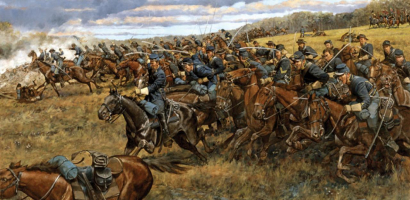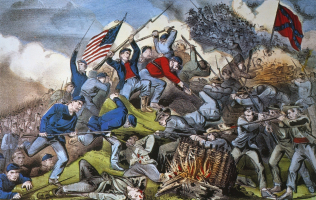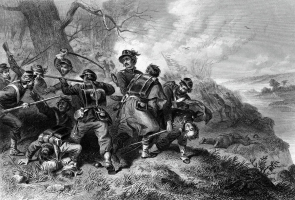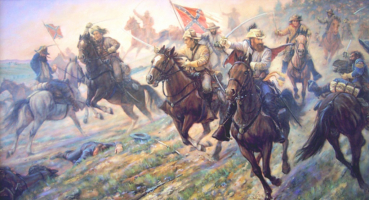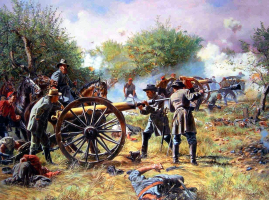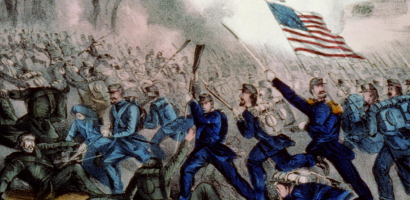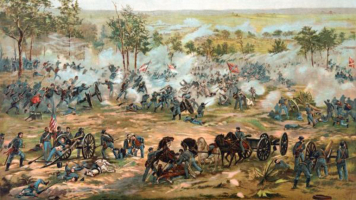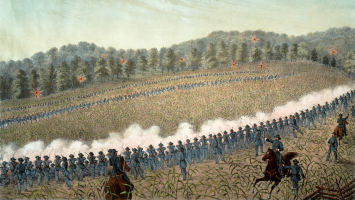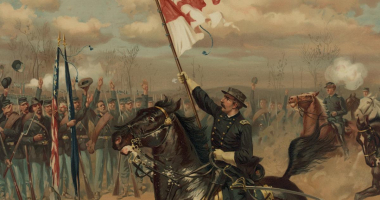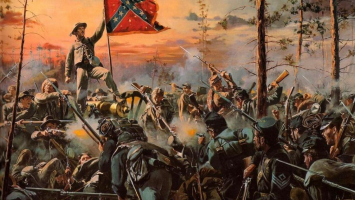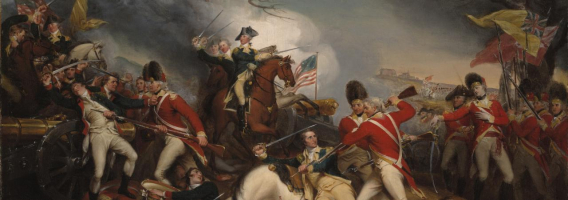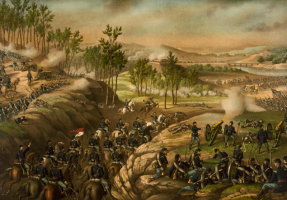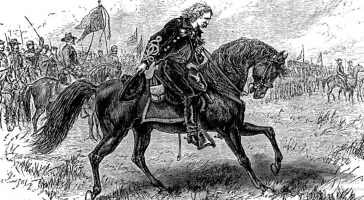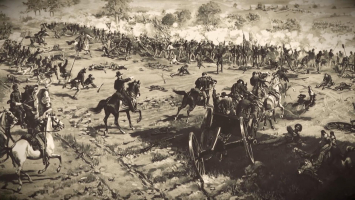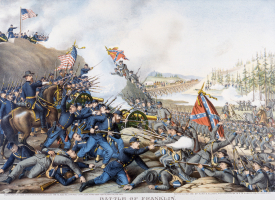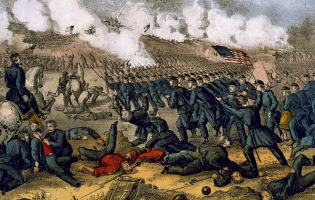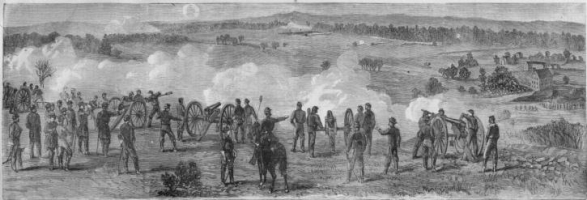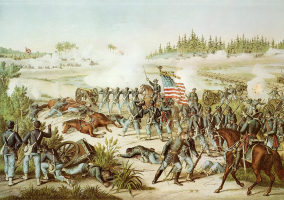Top 7 Facts About The Battle of Chickamauga
The Battle of Chickamauga fought between Union and Confederate forces in the American Civil War on September 19-20, 1863, marked the completion of a Union ... read more...offensive, the Chickamauga Campaign, in southeastern Tennessee and northwestern Georgia. It was Georgia's first major combat of the war, the most severe Union setback in the Western Theater, and the conflict with the second-highest number of casualties after the Battle of Gettysburg. Here are some interesting facts about the Battle of Chickamauga we compiled.
-
One of the interesting facts about the Battle of Chickamauga is that the campaign and the major battle are named after West Chickamauga Creek. During the Civil War, one of the fiercest battles took place along West Chickamauga Creek over control of the railroad center at neighboring Chattanooga. The battle, known as the Battle of Chickamauga, took place between September 18 and 20, 1863. The engagement was named after Chickamauga Creek and was fought between the Army of the Cumberland under Maj. Gen. William Rosecrans and the Confederate Army of Tennessee under Gen. Braxton Bragg. However, the creek itself had little impact on the outcome of the war. The battle's earliest skirmishes occurred as Confederate troops attempted to bridge the West Chickamauga Creek, particularly at Alexander's Bridge and Reed's Bridge, which are located around the southeast and northeast borders of the present-day Chickamauga National Military Park.
Union General William S. Rosecrans had based his troops in Chickamauga, Georgia, about 12 miles (19 kilometers) southeast of Chattanooga. Confederate General Braxton Bragg had gathered reinforcements and was preparing to fight alongside General James Longstreet. Rosecrans and a substantial number of his force fled the field in confusion after three days of warfare. The Union's "Chickamauga Campaign" in southeastern Tennessee and northwestern Georgia came to a conclusion with the Battle of Chickamauga, which cost Rosencrans his command.
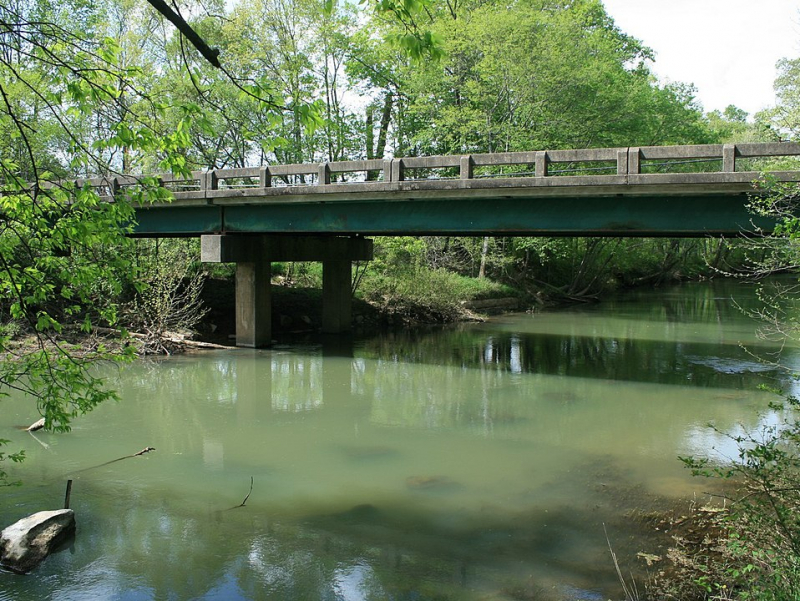
Chickamauga creek -en.wikipedia.org 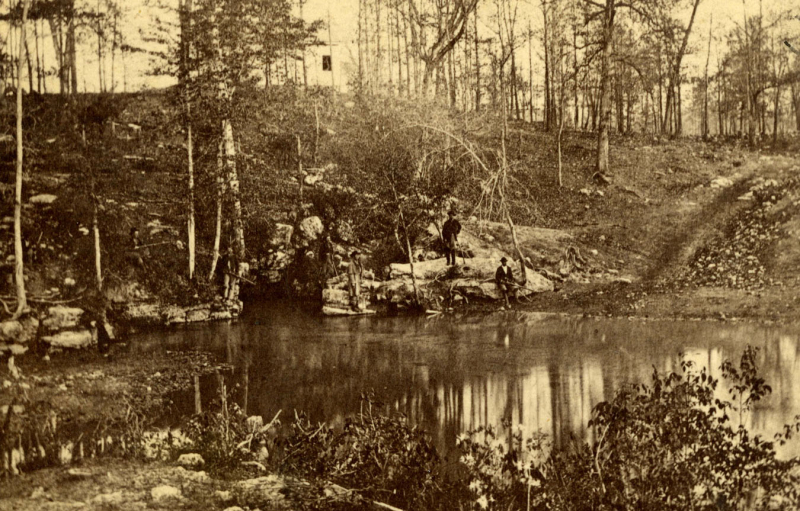
sharetngov.tnsosfiles.com -
Another interesting fact that we want to introduce to you is that future President James Garfield participated in the battle of Chickamauga. In 1861, James Garfield joined the Union army and distinguished himself in Kentucky, as well as at the Battles of Shiloh and Corinth. By September 1862, he had advanced to the rank of brigadier general and been appointed chief of staff to General William Rosencrans. When the Union defenses at Chickamauga were overrun, Rosencrans and his staff attempted to rally their troops before fleeing to Chattanooga.
Garfield, who had been prominent in Republican politics in his native Ohio, was elected to the U.S. House of Representatives just months later, despite the fact that he was still in the army and had not campaigned for the position. He resigned his position to run for Congress, and in later years he would exaggerate the significance of his role at Chickamauga, frequently at the detriment of previous commander Rosencrans. Garfield was elected president in 1880, but he was assassinated four months later. The president remained in the hospital for over three months before succumbing to his wounds on September 19, 1881, the 18th anniversary of the Battle of Chickamauga.
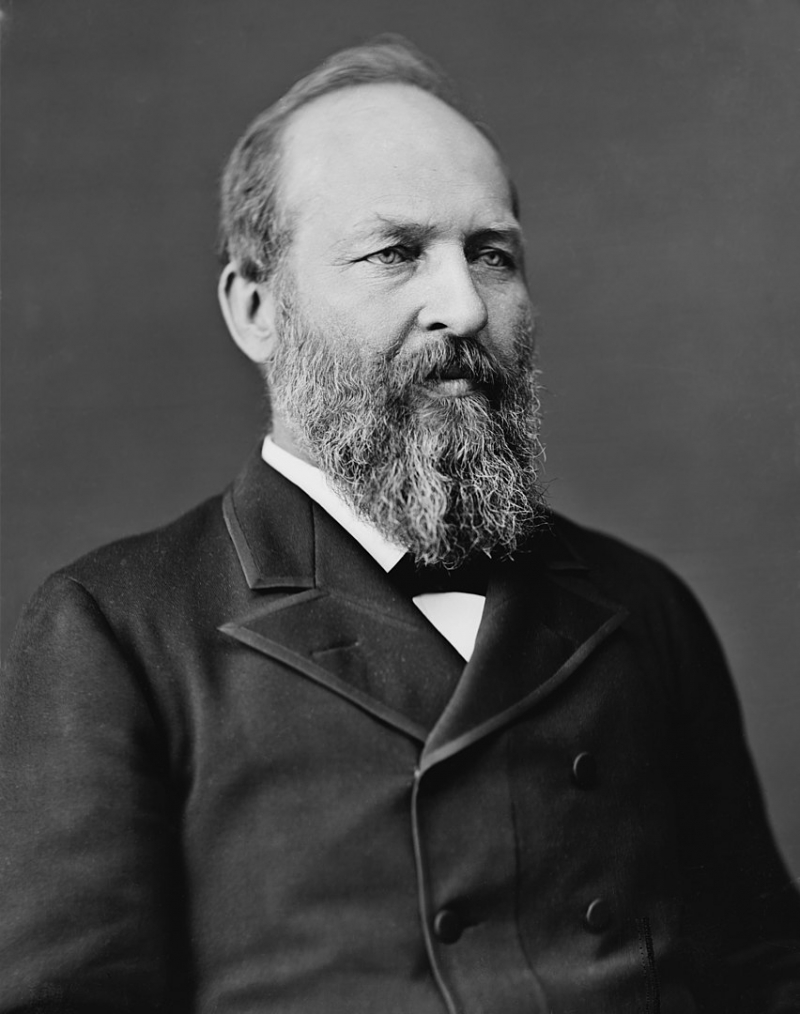
James Garfield -en.wikipedia.org 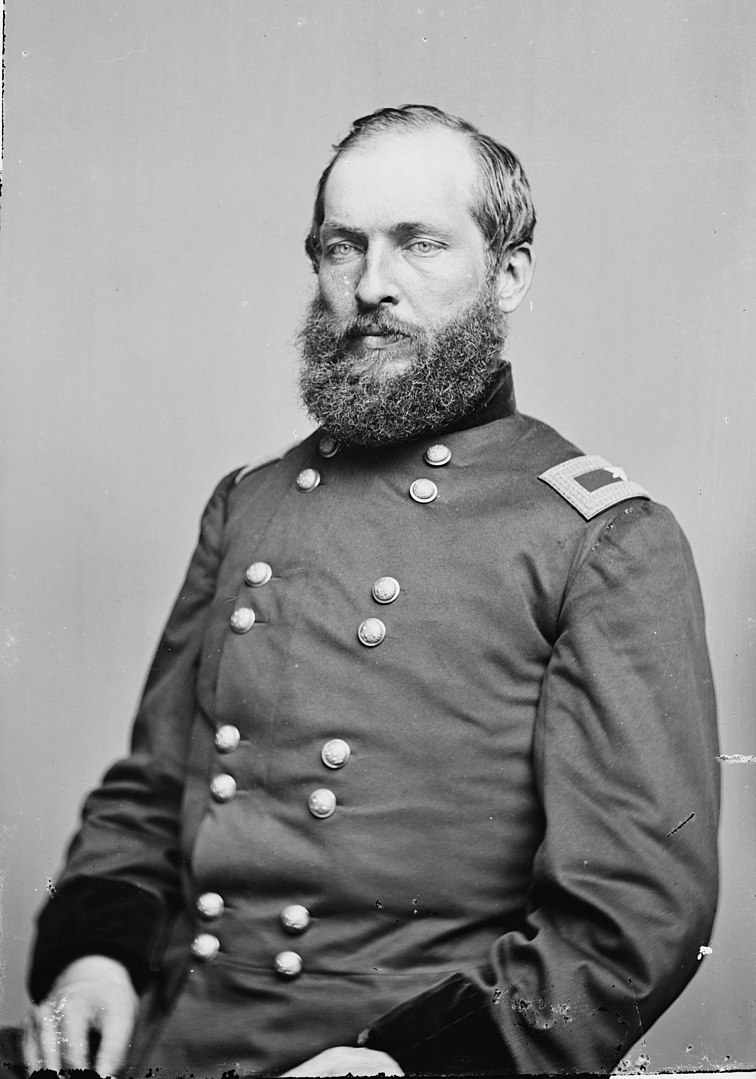
James Garfield -en.wikipedia.org -
One of the interesting facts about the Battle of Chickamauga is that the battle of Chickamauga was Longstreet’s return to form after Gettysburg. Longstreet's comeback to form after Gettysburg occurred at the Battle of Chickamauga. Longstreet was ordered to the Western Theater to battle under Braxton Bragg in mid-August 1863, at his own request. Longstreet's demands to get transferred to the Western Theater resumed. He requested a transfer to serve under his old friend Joseph Johnston in a private letter to Seddon. He followed up with his congressional buddy Wigfall, who had long seen Longstreet as a viable replacement for Braxton Bragg.
At Chickamauga, his forces launched a fierce assault on the Union lines. His ferocious performance earned him the moniker "Old Bull of the Woods." Following that, his performance as a semi-autonomous commander during the Knoxville campaign led to a Confederate defeat. Longstreet's time in the Western Theater was hampered by his pivotal participation in multiple clashes between Confederate generals. Longstreet and his soldiers were sent back to Lee because they were dissatisfied with their service under Bragg. He led troops admirably during the Battle of the Wilderness in 1864, despite being gravely wounded by friendly fire. Later, he returned to the front, assisting Lee during the Siege of Petersburg and the Appomattox campaign.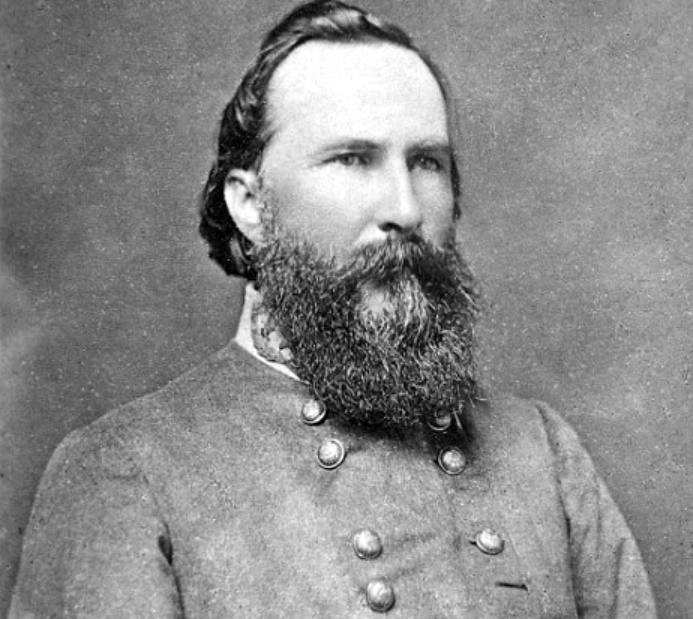
James Longstreet -en.wikipedia.org 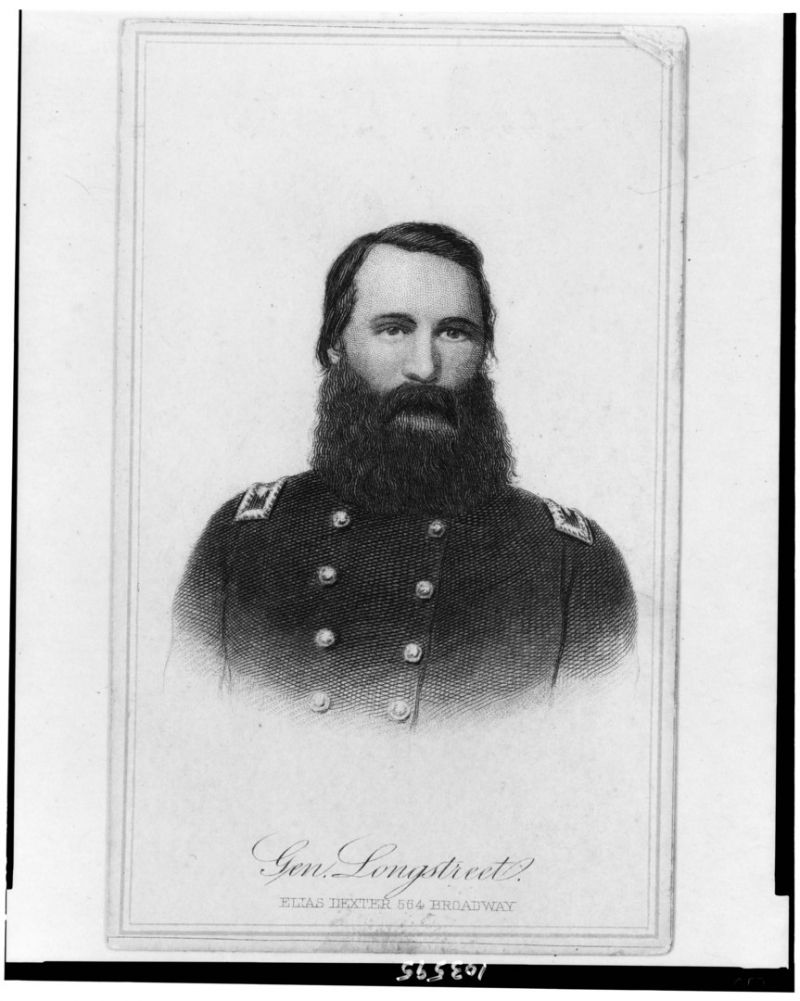
James Longstreet -en.wikipedia.org -
It is a fact that the Union had not anticipated meeting the Confederates at Chickamauga. Rosecrans repeated his onslaught after his victorious Tullahoma Campaign, seeking to drive the Confederates out of Chattanooga. Rosecrans gathered his forces scattered over Tennessee and Georgia in early September and drove Bragg's army out of Chattanooga, going south. Union troops pursued it and collided with it at Davis' Crossroads. Bragg was determined to retake Chattanooga, so he resolved to meet with a portion of Rosecrans' force, defeat it, and then return to the city. On September 17, he set out for the north with the intention of attacking the isolated XXI Corps. On September 18, Bragg's cavalry and infantry clashed with Union cavalry and mounted infantry armed with Spencer repeating rifles. As the Confederates attempted to cross West Chickamauga Creek, the two armies clashed at Alexander's Bridge and Reed's Bridge.
On September 19, the fighting began in earnest. Bragg's soldiers launched a fierce assault but were unable to breach the Union barrier. Bragg repeated his assault the next day. Rosecrans was alerted late in the morning that he had a gap in his line. Rosecrans inadvertently created a real gap by transferring men to shore up the apparent gap, precisely in the line of Confederate Lt. Gen. James Longstreet's eight-brigade assault on a narrow front, whose corps had been separated from the Army of Northern Virginia. Longstreet's onslaught drove one-third of the Union forces, including Rosecrans, from the field, culminating in a rout.
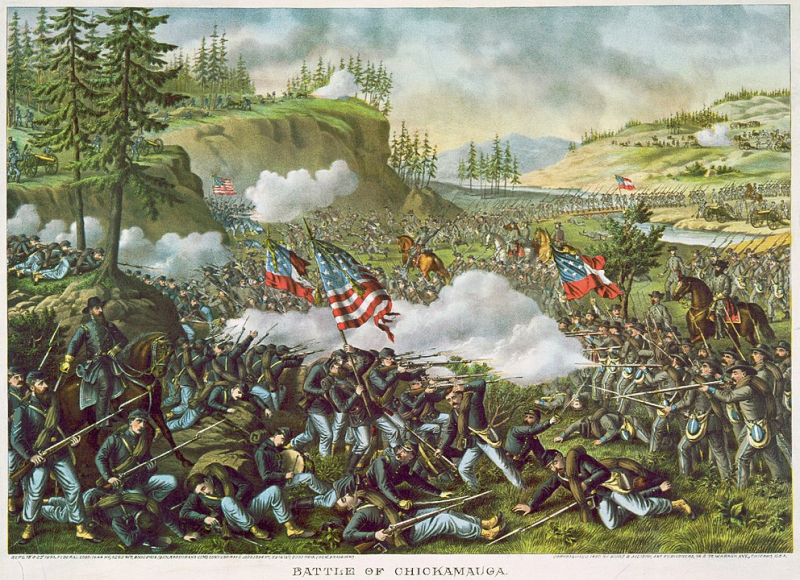
en.wikipedia.org 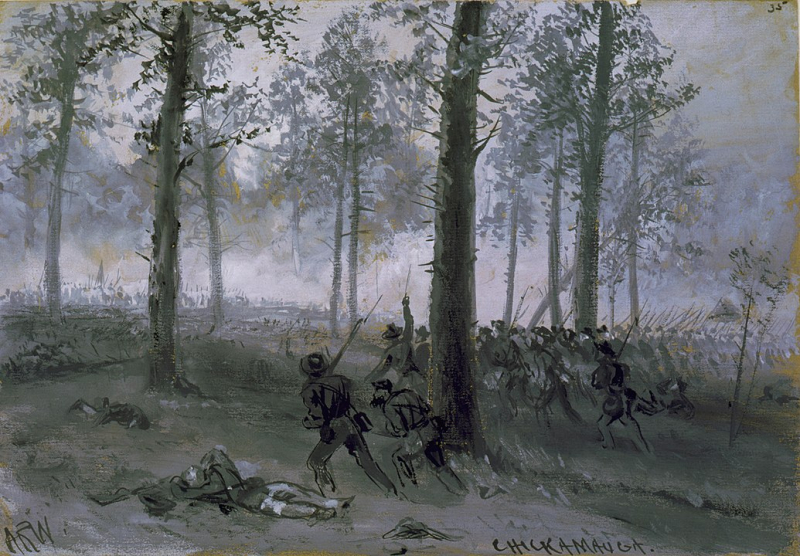
en.wikipedia.org -
One of the interesting facts about the Battle of Chickamauga is that both sides suffered significant losses as a result of the combat. At Chickamauga, the Confederates outnumbered the Federals by a margin of 65,000 to 62,000 troops. They also bore the brunt of the casualties. Though a Confederate success, it accomplished nothing more than to reassure the Southern people that all was not lost in Tennessee due to the weak generalship of Braxton Bragg. Union casualties were 16,170 (1,657 dead, 9,756 wounded, and 4,757 captured or missing), and Confederate losses were 18,454 (2,312 killed, 14,674 wounded, and 1,468 captured or missing). They were the most casualties of any battle in the Western Theater during the war, and, after Gettysburg, the second-most in the war overall.
Confederate generals Benjamin Hardin Helm (husband of Abraham Lincoln's sister-in-law), James Deshler, Preston Smith, and Union general William H. Lytle were among those killed. Confederate general John Bell Hood, who had already lost the use of his left arm due to a gunshot received at Gettysburg, was seriously wounded by a bullet in his leg, necessitating amputation. Although the Confederates were nominally victorious, driving Rosecrans from the field, Bragg had failed to achieve his goals of defeating Rosecrans or restoring Confederate control of East Tennessee, and the Confederate Army sustained casualties that they could not afford.
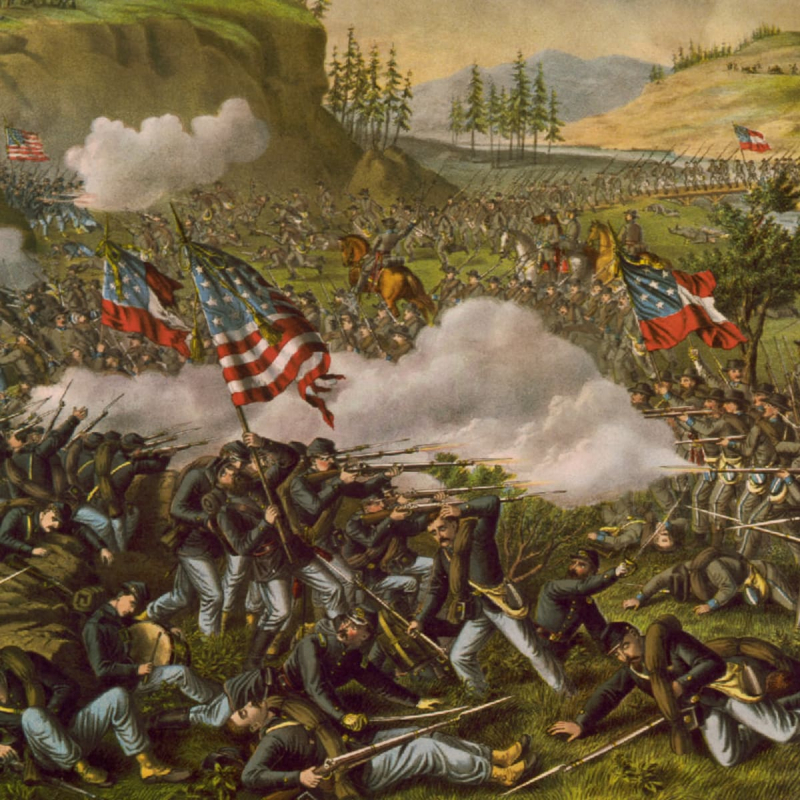
history.com 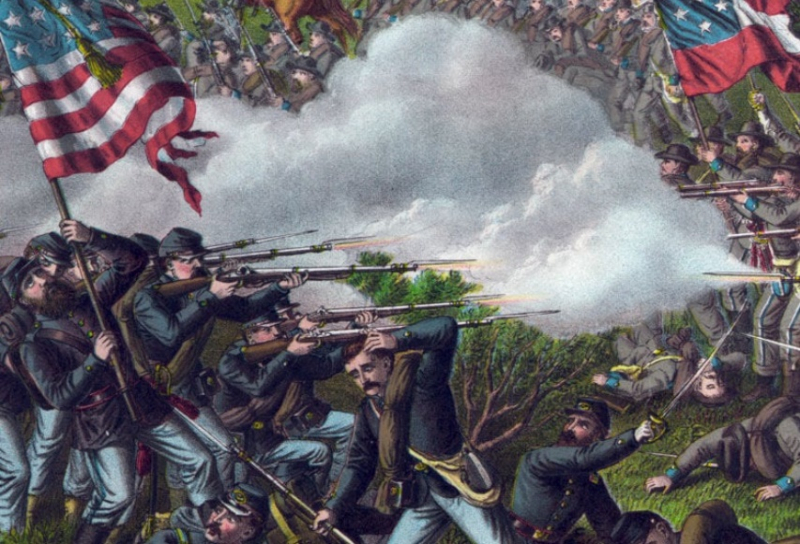
northwestgeorgianews.com -
It is a fact that Chickamauga Creek's thick woodlands and muddy terrain made it an especially dangerous area to fight. The terrain to the east of Chattanooga is a series of mountain ridges that stretch from northeast to southeast, with moderately rolling valleys in between. During the Civil War, portions of the fields were cleared and cultivated, while others were deeply forested. Several small farms were located in the valleys, and several of the combat sites, such as Snodgrass Hill, are named for the landlords. Chickamauga Creek twisted and curved through the valley to the east of Missionary Ridge and Pigeon Mountain. The undergrowth was heavy along the creek, and the ground was frequently swampy. The swampy environment and dense forests made it an especially dangerous area to fight. In Cherokee, the word Chicamauga meant "River of Death". And the Chicamauga was densely forested with huge roots and trunks, deep, and frequently flanked by rocky banks.
The battle of Chickamauga spanned 7,000 acres as men clashed with the enemy up and down the valley in treacherous terrain. Union troops were dispersed over 40 miles of ground before the combat began. There were thickets everywhere, preventing commanding officers from having a clear view of movements... with armies frequently colliding with one another. Coordination was extremely difficult, if not impossible, to achieve.
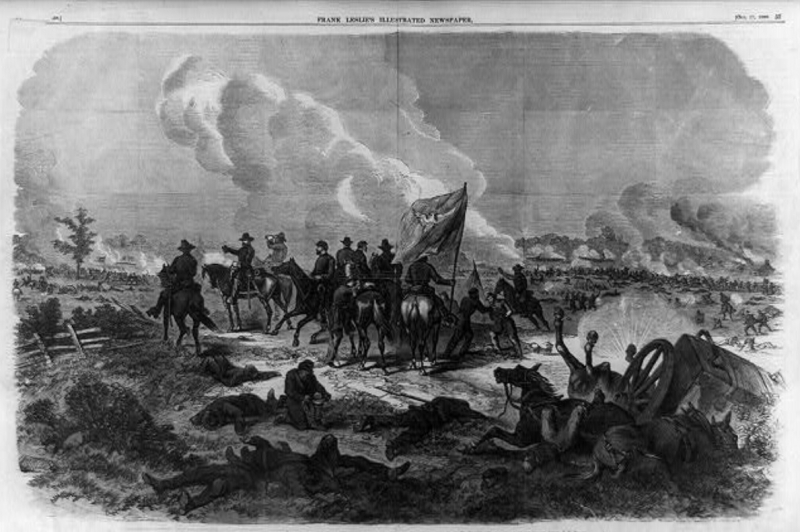
historynet.com 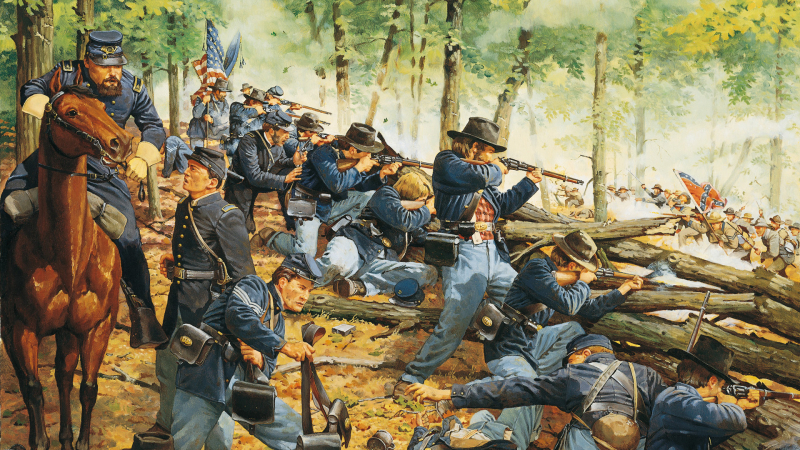
warfarehistorynetwork.com -
Another interesting fact about the Battle of Chickamauga is that the Chickamauga Battlefield was included as the first National Military Park. Toward the end of the nineteenth century, Civil War veterans such as the Society of the Army of the Cumberland and the Chickamauga Memorial Association rallied support for the establishment of a national park to protect the Chickamauga battlefield as well as nearby sites such as Lookout Mountain and Missionary Ridge. The bill was submitted in Congress by Congressman Charles H. Grosvenor who commanded the 18th Ohio at Chickamauga in 1890, and it was signed into law by President and fellow Civil War veteran Benjamin Harrison in August of that year.
As a result of the efforts of Chickamauga veterans who had served in the Union army, a portion of the grounds that witnessed heavy fighting in both that battle and the following confrontation at Chattanooga were used to establish the United States' first National Military Park (NMP). The Chickamauga and Chattanooga National Military Park, dedicated on the 32nd anniversary of the Battle of Chickamauga in 1895, was the first military park established by the Federal government, followed by Shiloh, Gettysburg, Vicksburg, and Antietam. The Chickamauga and Chattanooga National Monument now spans over 9,000 acres and attracts almost one million people each year.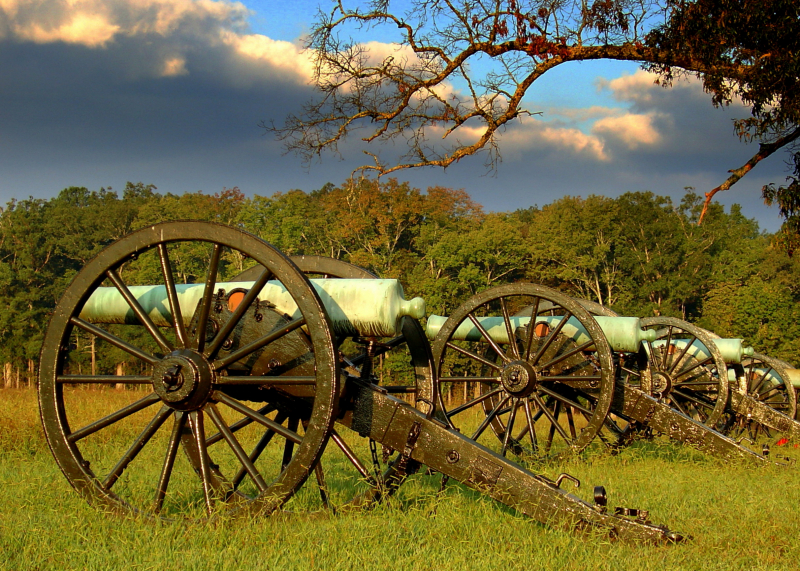
en.wikipedia.org 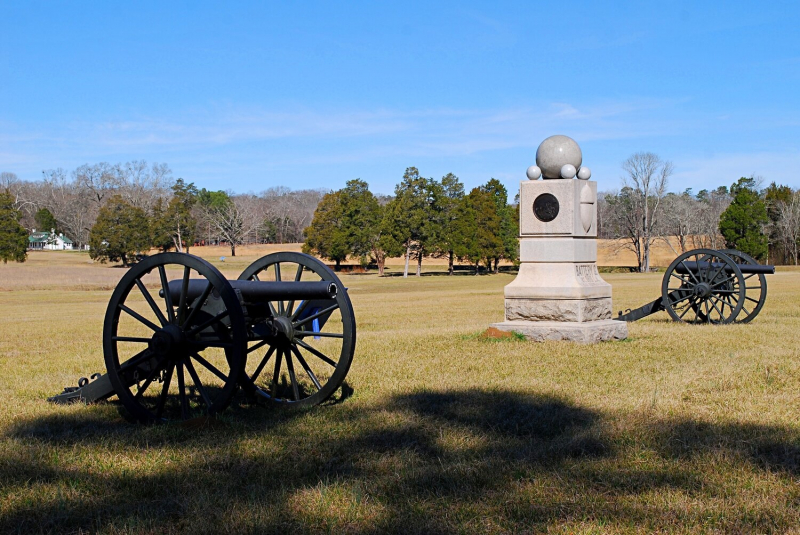
thriveregionalpartnership.org









